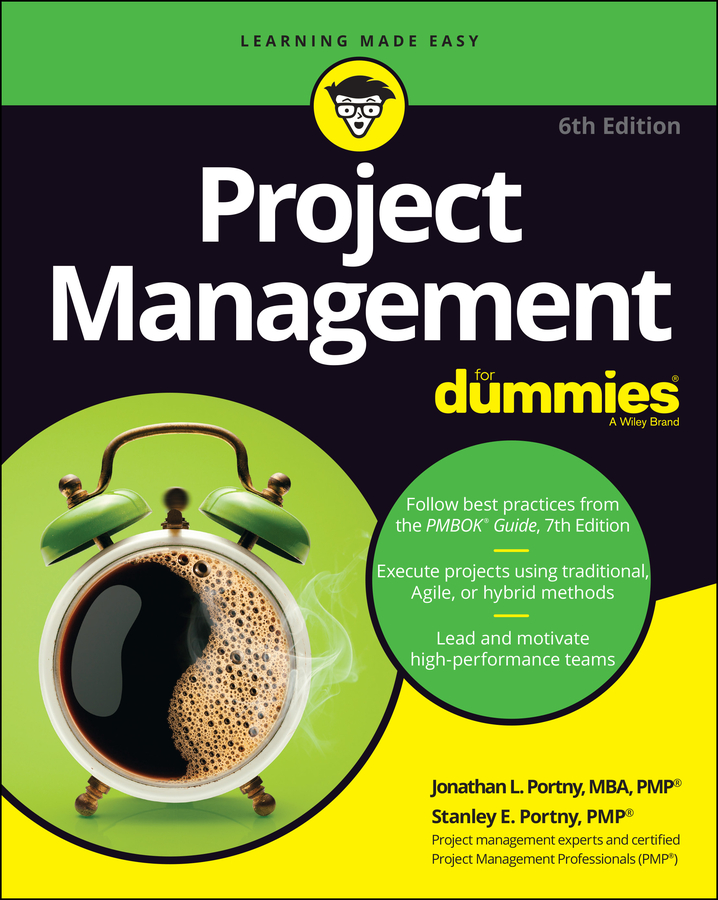Managing risk is an important task for any project manager. After you have determined what risks exist for your project and assessed their importance, you need to choose a strategy for dealing with each risk if and when it comes into play.
Choose one or more of the following approaches for dealing with the risks you decide to manage:
Avoidance: Act to eliminate the risk factor that gave rise to the risk. An example is deciding not to use a new, untested procedure that you’re concerned may not produce the desired project results.
Transfer: Pay someone else to assume some or all of the effect of the risk. Suppose you choose to proceed with your plans to build a new $50 million facility (see the example in the preceding section). You can buy disaster insurance on the facility so the company doesn’t have to assume the full burden of a total loss if a hurricane destroys the facility.
Mitigation: Either reduce the likelihood that a risk occurs, or minimize the negative consequences if it does occur. The following are examples of risk mitigation:
Minimize the chances that the risk will occur. Take actions to reduce the chances that an undesirable situation will come to pass. For example, consider that you have a person on your project who’s new to your organization. Consequently, you feel the person may take longer to do her assigned task than you planned. To reduce the chances that the person will require more time, explain the task and the desired results very clearly to the person before she begins to work on it, develop frequent milestones and monitor the person’s performance often so that you can deal with any problems as soon as they occur, and have her attend training to refresh the skills and knowledge she needs to perform the assignment.
Develop contingencies to minimize the negative consequences if an undesirable situation does come to pass. Suppose you plan to have your organization’s publication department reproduce 100 copies of the manual for your training program. If you’re concerned that the department may have higher-priority projects at the same time, locate an external vendor that can reproduce the manuals if the need arises. Finding the vendor beforehand can reduce any time delay resulting from the need to switch to another resource.
Keep in mind that if these approaches are to work, you must choose your strategies and plan their implementation as early as possible in your project.
Although the following approaches may sometimes seem appealing as you consider all the risks involved in a particular project, they don’t work, so don’t use them:
The ostrich approach: Ignoring all risks, or pretending they don’t exist
The prayer approach: Looking to a higher being to solve all your problems or to making them disappear
The denial approach: Recognizing that certain situations may cause problems for your project but refusing to accept that these situations may occur
Although it may require a bit of work upfront, proactively managing your project’s risks always pays dividends down the line.

